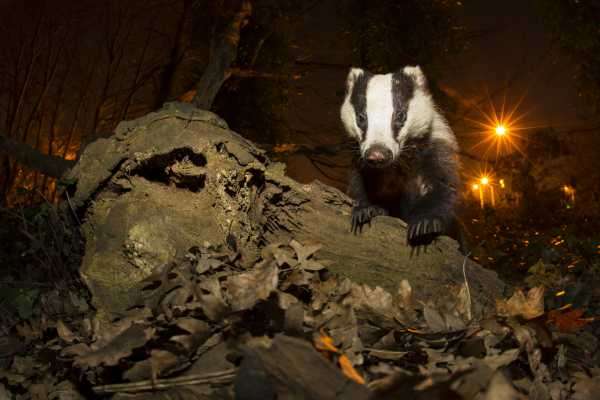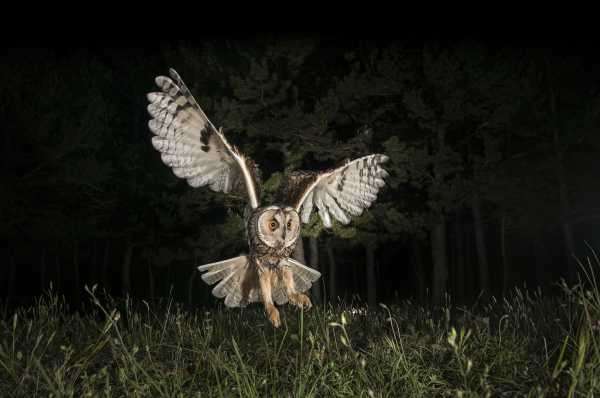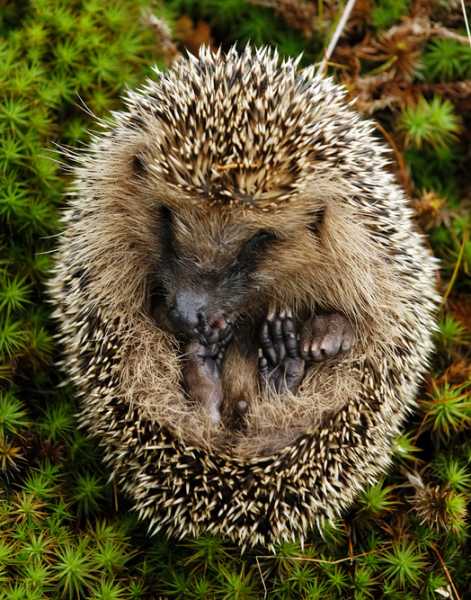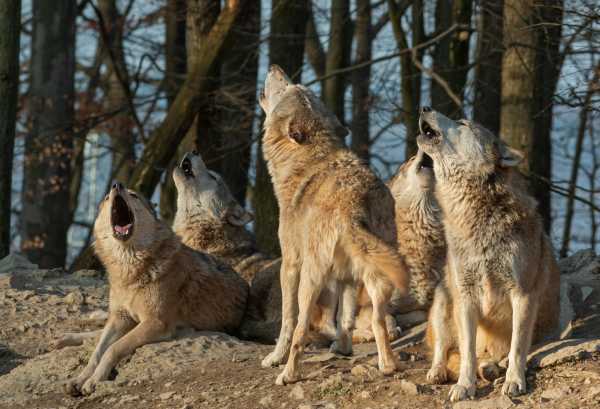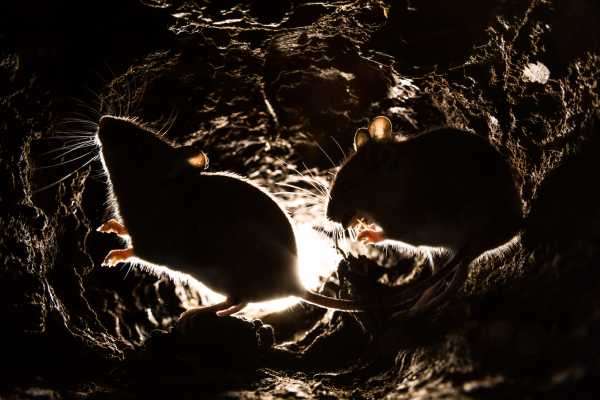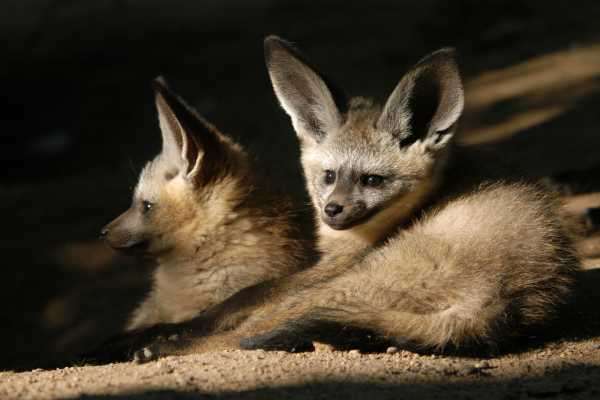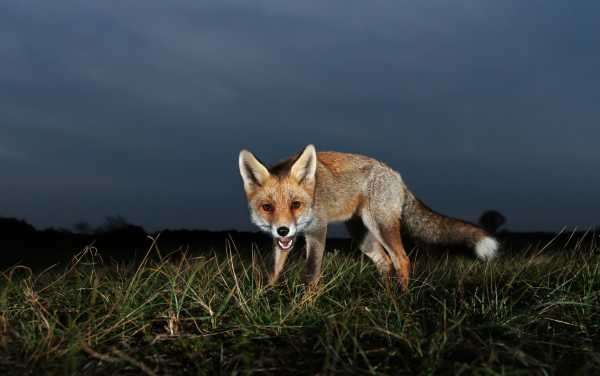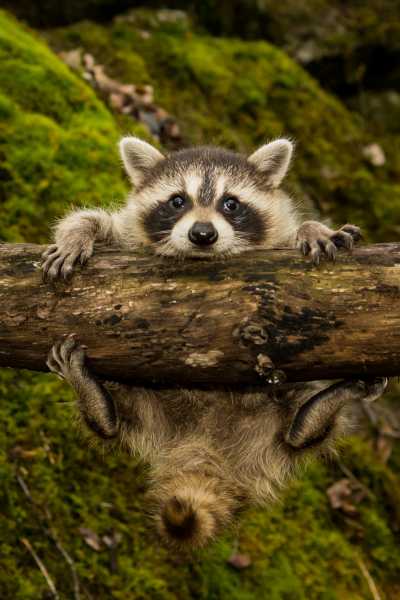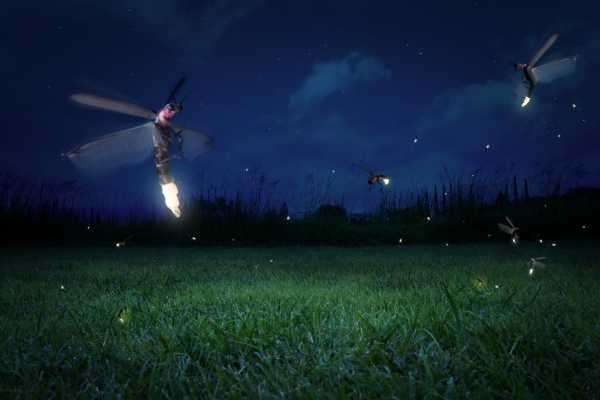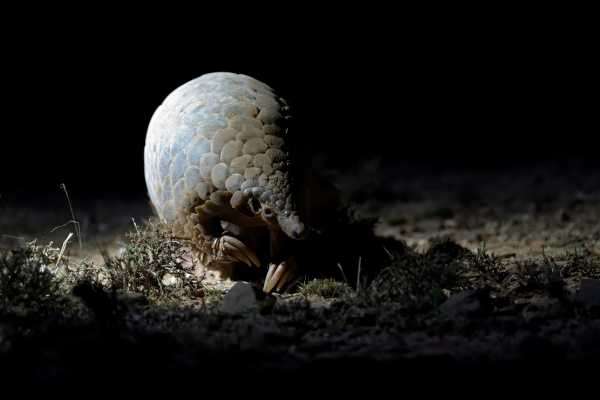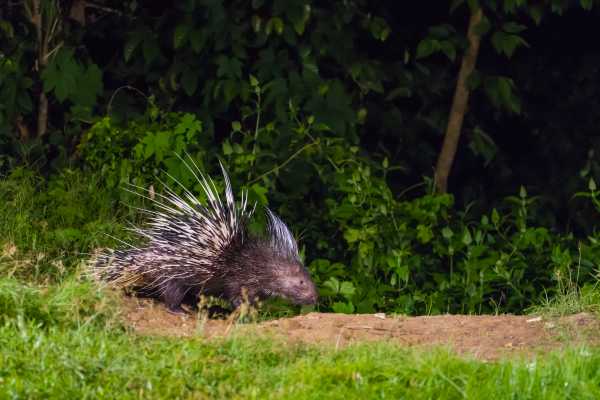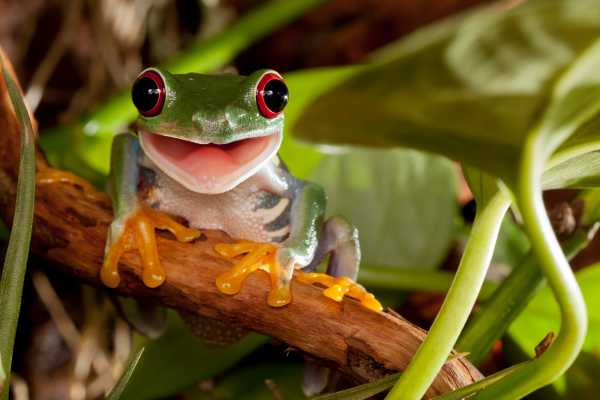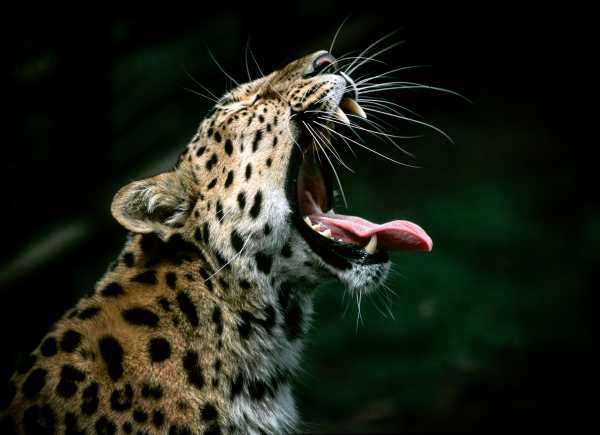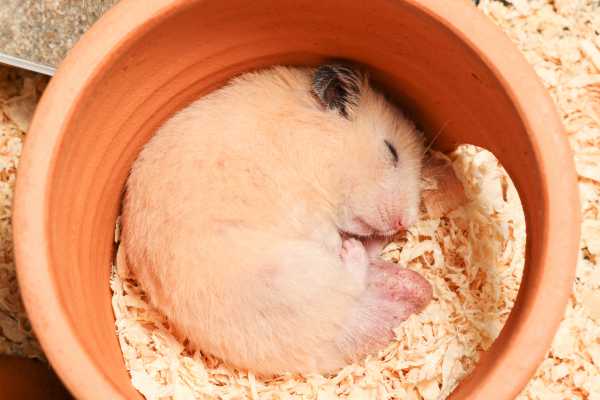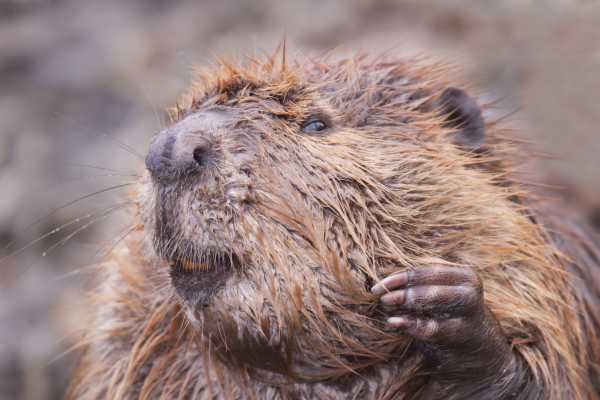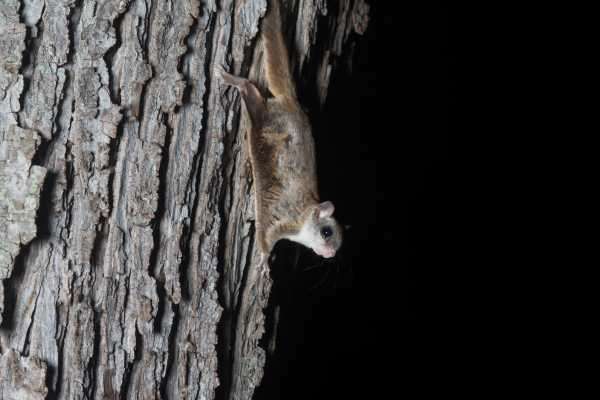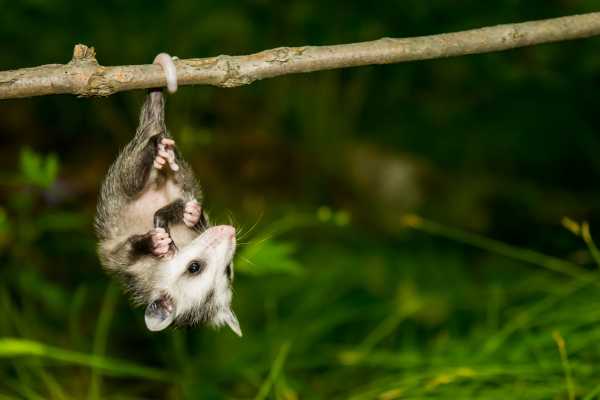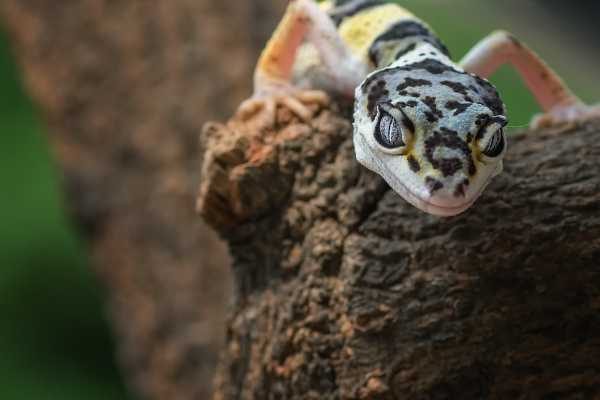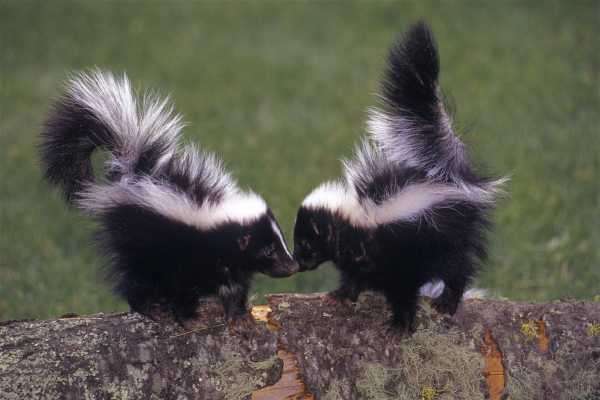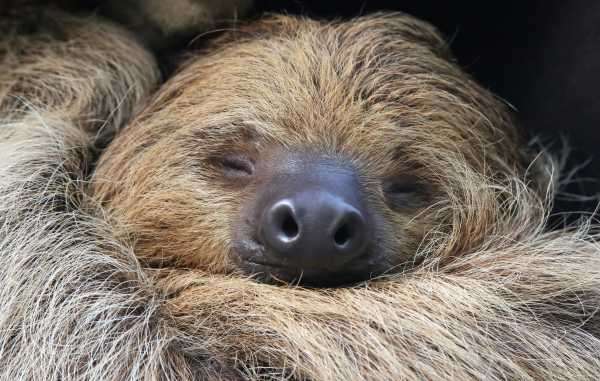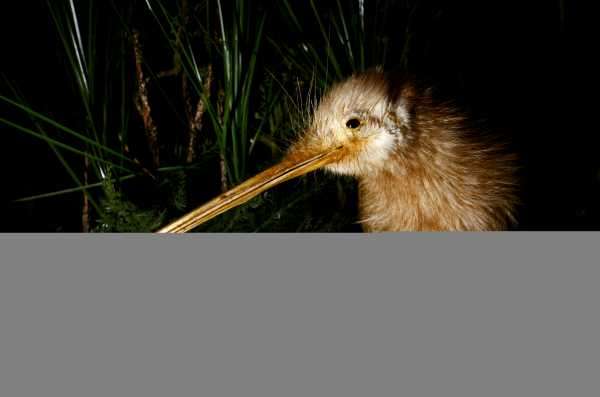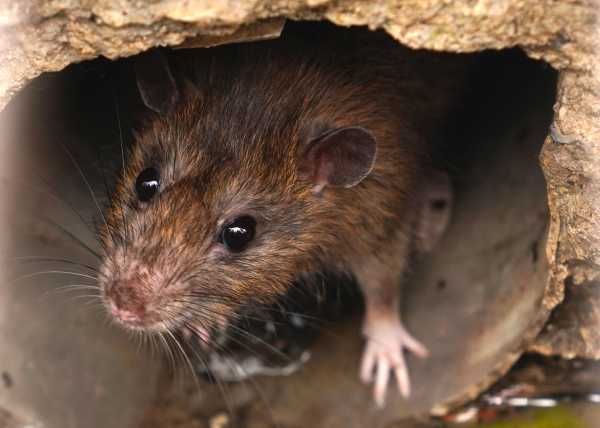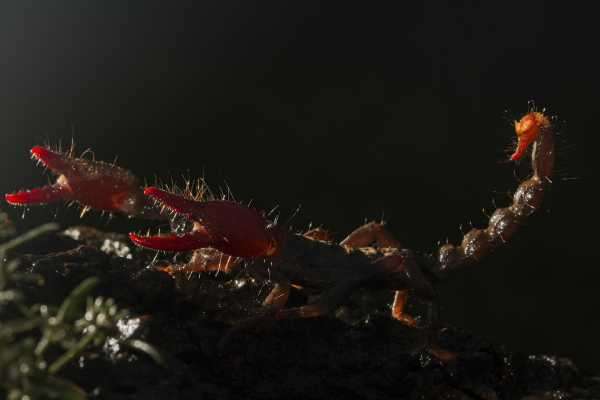Shares
Comments (0)
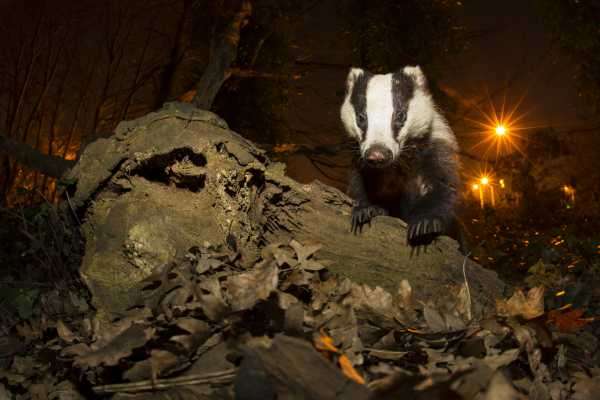
Take a look at these fantastic creatures of the night
Nocturnal animals are fascinating creatures. They roam our planet after dusk with particular adaptations, such as enhanced sight, smell or other senses that help them get around in the dark of night. Feast your eyes on 30 of these amazing animals…
Prev
Page 1 of 31
Next
Prev
Page 1 of 31
Next
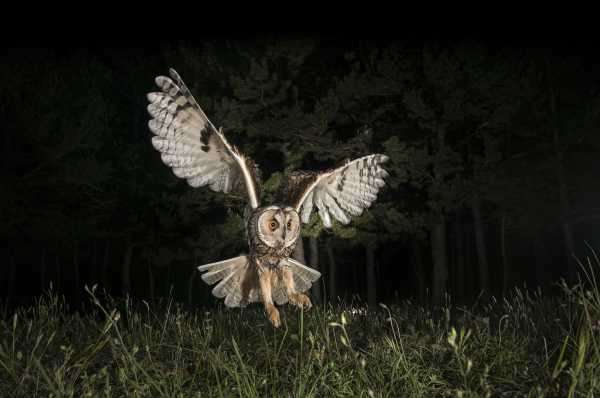
Owls
According to the Royal Society for the Protection of Birds in the U.K., the long-eared owl (Asio otus, pictured) is a nocturnal owl and is so secretive, it’s rarely seen other than during migration or when leaving, or returning to, a communal roost site in winter. Its ear tufts are actually just feathers, which they raise when alarmed.
Not all owls are nocturnal, as Live Science previously reported: “During the daytime, while some owls are sleeping, the northern hawk owl (Surnia ulula) and the northern pygmy owl (Glaucidium gnoma) are hunting for meals, making them diurnal — that is, active during the daytime,” said Marc Devokaitis, a public information specialist at the Cornell Lab of Ornithology in Ithaca, New York.
Prev
Page 2 of 31
Next
Prev
Page 2 of 31
Next
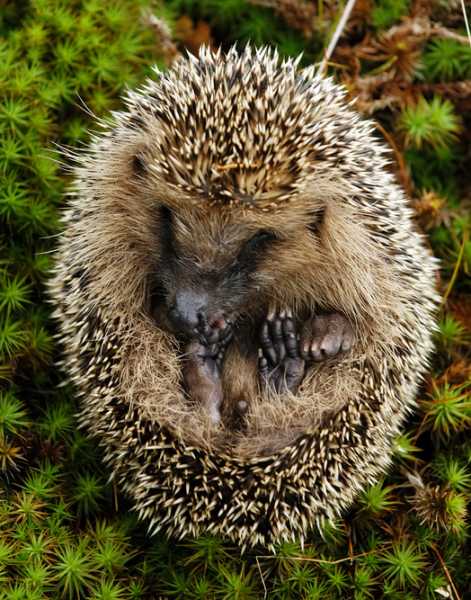
Hedgehogs
Not only are hedgehogs nocturnal, they also sleep for a whopping 18 hours a day, according to the San Diego Zoo. Their poor eyesight means they rely on their senses of smell and hearing to help them find food; according to the zoo, they have up to 44 teeth with which to eat meals of fruit, fungi, centipedes, insects, snails, worms, mice, frogs, eggs, birds, snakes and other reptiles, and roots that they find under hedges and other vegetation (hence the name hedgehog, though they also make hog-like snorting noises).
Prev
Page 3 of 31
Next
Prev
Page 3 of 31
Next
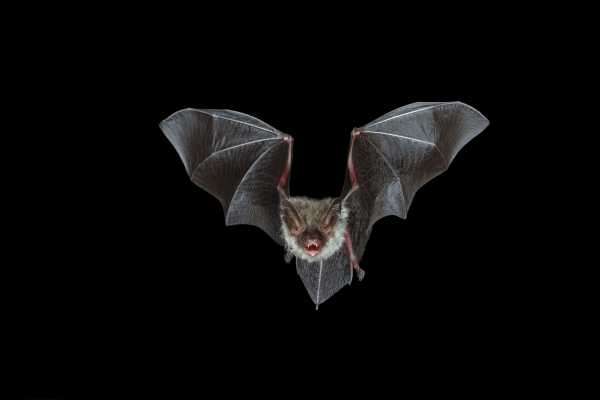
Bats
Most bats are nocturnal, using echolocation to find their prey (mainly flying insects) in the dark. Pictured here is the rare Bechstein’s bat (Myotis bechsteinii), which can be found in parts of southern Wales and southern England. According to the Wildlife Trusts, they are protected in the U.K. under the Wildlife and Countryside Act, 1981.
Prev
Page 4 of 31
Next
Prev
Page 4 of 31
Next

Wolves
The largest member of the canine family, the gray wolf has 40 subspecies, the most common being the gray wolf or timber wolf (pictured). They hunt at night in packs as large as 30 wolves. It’s known that wolves howl to communicate, but as Live Science previously reported, “researchers have now found that wolves howled more frequently to members of their pack with whom they spent more time. In other words, the strength of the relationship between wolves predicted how many times a wolf howled, said Friederike Range, a researcher and co-director of the Wolf Science Center at the University of Vienna in Austria.”
Prev
Page 5 of 31
Next
Prev
Page 5 of 31
Next
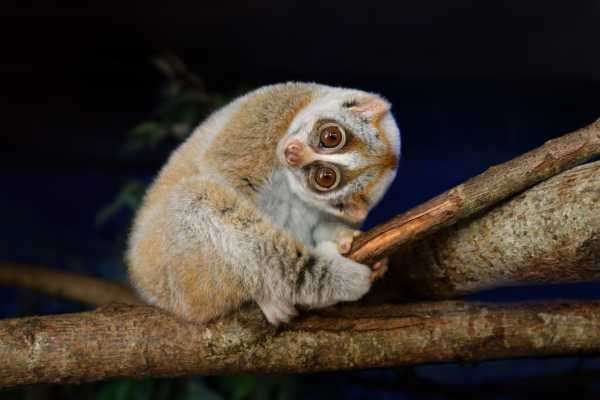
Bengal slow loris
The Bengal slow loris (Nycticebus bengalensis) can be found in southeastern Asia. Their distinctively oversized stereoscopic eyes have an orange-red eye-shine that makes them hard to miss. The animal’s large eyes allow it to see with a greater depth perception and night vision than other animals.
They also have an interesting way of defending their young by covering them in secretions from their glands that can become toxic when combined with their saliva. They also protect themselves in a similar way: “They activate their brachial glands and coat their heads with the foul-tasting secretions — giving would-be predators second thoughts,” the New England Primate Conservancy reported.
Prev
Page 6 of 31
Next
Prev
Page 6 of 31
Next
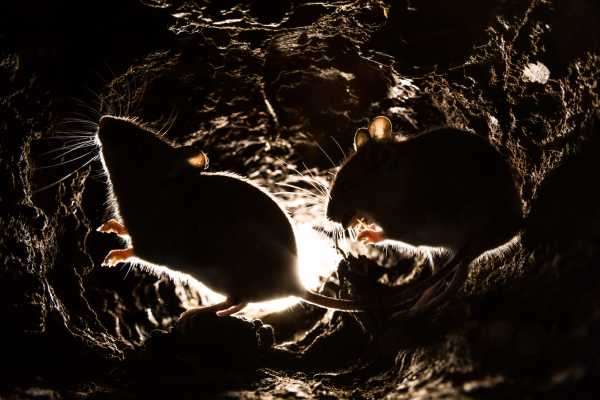
Wood mice
These cute critters are hard to spot, not only because they are primarily nocturnal but also they like to stick to dense cover. According to the Woodland Trust, wood mice (Apodemus sylvaticus) don’t hibernate but can go into a state of torpor (in which the body temperature is lowered and metabolic activity decreased) during particularly harsh winters.
Prev
Page 7 of 31
Next
Prev
Page 7 of 31
Next

Bat-eared foxes
The bat-eared fox’s activity depends on where it is located. According to the San Diego Zoo, in Eastern Africa, they are most active at night; in Southern Africa, they are nocturnal during the hot summer months and diurnal (active in the day time) during the winter. They mainly feast on termites, detecting them by sound using their large ears. To communicate, bat-eared foxes (Otocyon megalotis) use their ears and tail, as well as a variety of soft whistles.
Prev
Page 8 of 31
Next
Prev
Page 8 of 31
Next
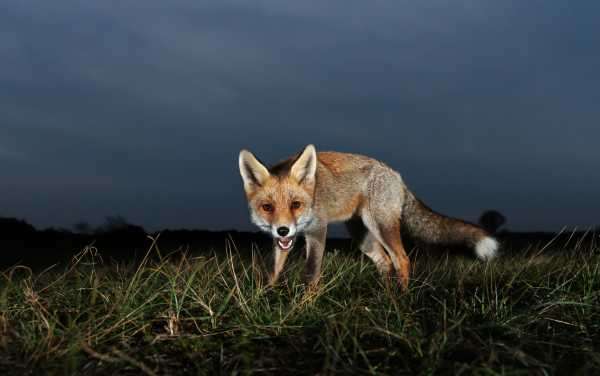
Red foxes
This wild member of the dog family can often be seen scavenging around urban bins and the countryside at night looking for your old sandwiches and other rejected food items. Red foxes (Vulpes vulpes) live in a burrow system called an ‘Earth’ and can hide food to come back to later. According to The Fox Project, they have 28 different types of calls to communicate with each other and can run at 30 miles per hour (48 km/h).
Prev
Page 9 of 31
Next
Prev
Page 9 of 31
Next
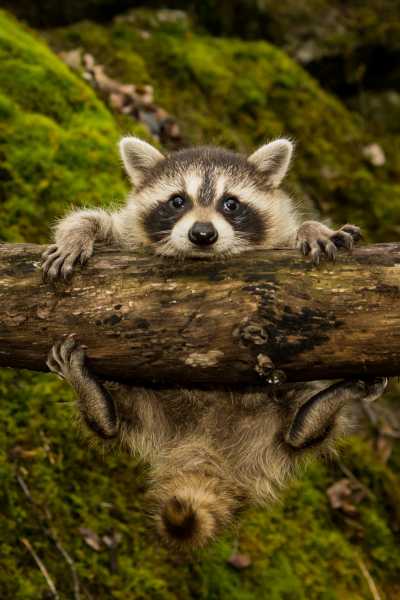
Racoons
Much like the red fox, raccoons (Procyon lotor) also have a penchant for rubbish bins and according to Paradise Wildlife Park, their nimble fingers make it possible for them to untie knots, turn doorknobs and even open jars. Their species name ‘lotor,’ means ‘the washer’ in Latin, as they are often seen washing their food before eating it.
Prev
Page 10 of 31
Next
Prev
Page 10 of 31
Next

Koalas
The symbol of Australia is often referred to as a ‘koala bear,’ but as Live Science previously reported: “Koalas fall first into the infraclass Marsupialia — animals characterized by giving birth to underdeveloped young, which the mothers then raise in a pouch.” But their reputation for being sleepy is certainly true, as according to the World Wildlife Fund (WWF) they sleep up to 18 hours a day. They are only found in Australia, where they survive on eucalyptus leaves — WWF reports they can eat up to 2.2 lbs. (1 kilogram) a day.
Prev
Page 11 of 31
Next
Prev
Page 11 of 31
Next
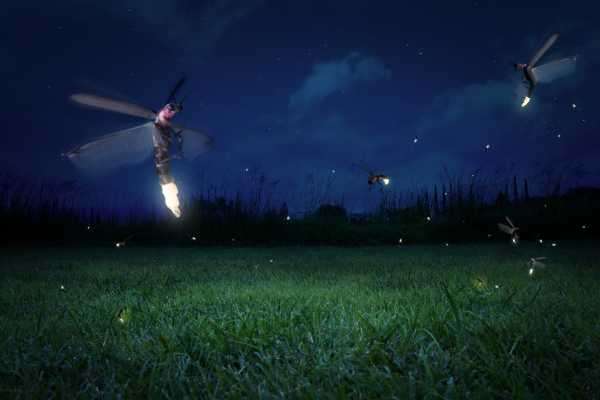
Fireflies
Fireflies are actually beetles, nocturnal members of the family Lampyridae, according to Live Science. Their famous glow is produced via a dedicated organ under their abdomens and its purpose is to attract a mate. There are actually more than 2,000 species of fireflies, but they are commonly found in humid regions of Asia and the Americas on a summer’s evening.
Prev
Page 12 of 31
Next
Prev
Page 12 of 31
Next

Pangolins
The nocturnal pangolin is distinctive because of its scales that look like a full set of armor. When they feel threatened, these mammals roll up into a ball to protect themselves further; they even have sharp scales on their tail that can hit the threat.
According to the WWF, all eight pangolin species are protected under national and international laws, and two are listed as critically endangered on the International Union for Conservation of Nature (IUCN) Red List of Threatened Species.
Prev
Page 13 of 31
Next
Prev
Page 13 of 31
Next
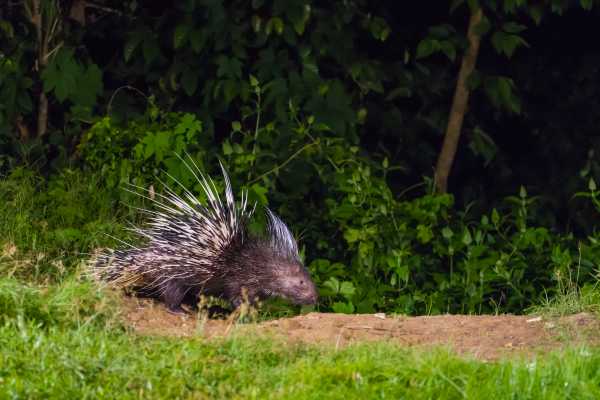
Porcupines
Porcupines are nocturnal and typically solitary animals. They are covered in quills that they use as a defense mechanism — when they shake them, the quills make a rattle noise that warns off predators. According to Ecology Asia, the Malayan porcupine (Hystrix brachyura, pictured here) is one of the largest of Southeast Asia’s seven species of porcupine.
Prev
Page 14 of 31
Next
Prev
Page 14 of 31
Next
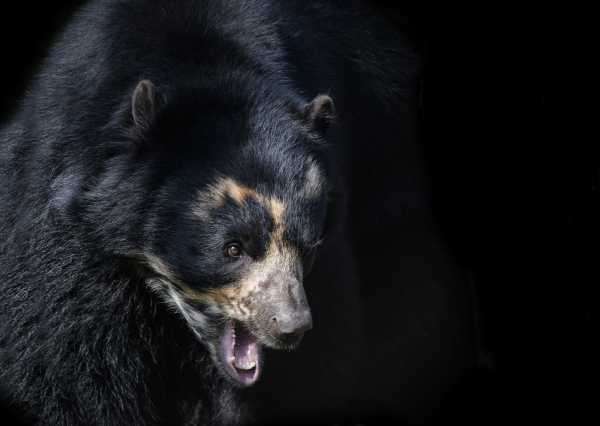
Bears
According to the Get Bear Smart Society, bears are usually around most during dusk and dawn, but many have become mainly nocturnal in places with high human populations to avoid people.
The spectacled bear (Tremarctos ornatus), pictured, lives in the Andean jungles of South America, though, and they chose to come out at night. According to National Geographic, they are agile climbers and “have been known to sit in a tree for days on a platform made of broken branches, waiting for fruit to ripen.”
Prev
Page 15 of 31
Next
Prev
Page 15 of 31
Next
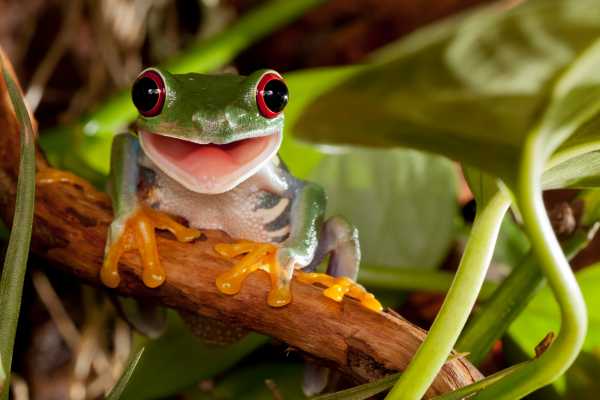
Red-eyed tree frogs
These vibrant frogs hide in the rainforest canopy and hunt their prey of crickets, flies and moths at night. These amphibians hide on the bottom of leaves while they sleep. Their bright colors are used as a warning to predators, as they can flash their red eyes, orange webbed feet and blue-and-yellow flanks at threats. National Geographic says, “This technique, called startle coloration, may give a bird or snake pause, offering a precious instant for the frog to spring to safety.”
Prev
Page 16 of 31
Next
Prev
Page 16 of 31
Next
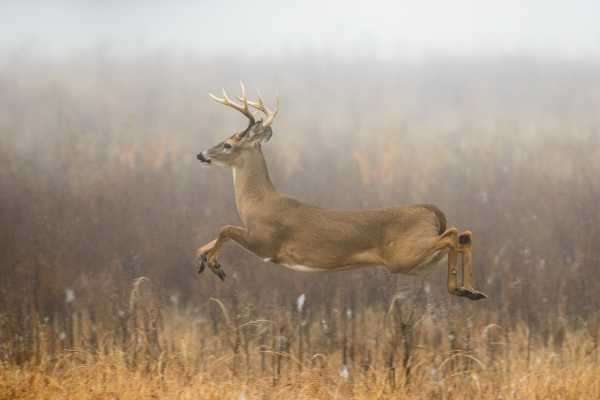
Deer
There are over 50 species of deer found all over the world. They are a sociable species that travel in herds. Some deer are active during the day, but other species, such as the white-tailed deer (Odocoileus virginianus) are nocturnal, and mainly come out at during the crepuscular hours of dusk or dawn, according to National Geographic.
Prev
Page 17 of 31
Next
Prev
Page 17 of 31
Next

Leopards
These muscular creatures spend their nights hunting and are a solitary animal, only mixing with others of their kind to mate and raise their young. Leopards (Panthera pardus) are particularly stealthy hunters, as Live Science previously reported: “Leopards are ambush predators; they crouch low to sneak up to their prey and pounce before it has a chance to react, according to the Animal Diversity Web, a database maintained by the Museum of Zoology at the University of Michigan. A leopard will kill its prey with one swift bite to the neck, breaking it.”
Prev
Page 18 of 31
Next
Prev
Page 18 of 31
Next
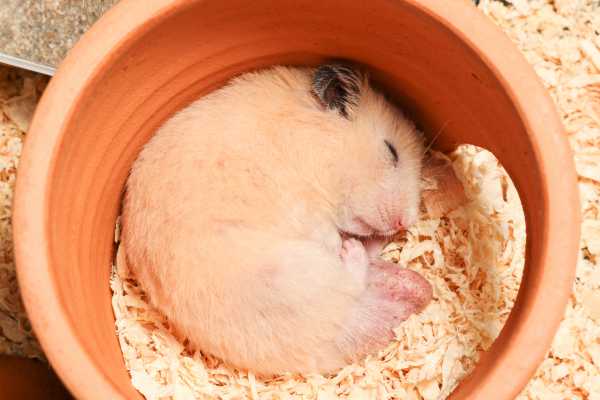
Hamsters
This common pet is notorious for being up all night running about on its wheel and generally keeping owners awake. They are known to bite when startled, meaning well-meaning pet lovers wanting to play during the day are likely to get a nip!
Hamsters can’t rely on their eyes to help them see in the dark, though. Live Science previously reported: “Hamsters have very poor eyesight. Their scent glands on their backs secrete an easily identifiable smell. To find their way around, they leave a trail of scent by rubbing their backs against objects. When a hamster needs to find their way back home, they will use this scent trail as a guide.”
Prev
Page 19 of 31
Next
Prev
Page 19 of 31
Next
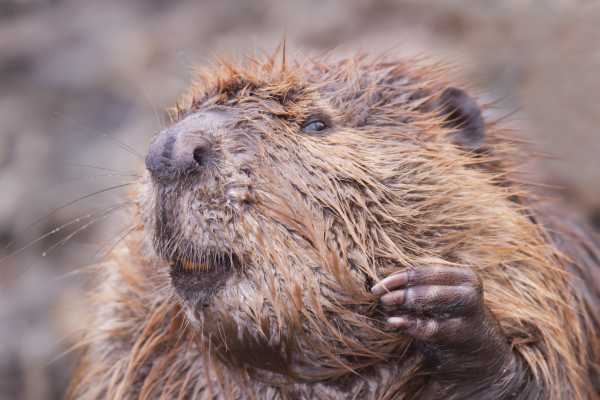
Beavers
The ‘eager beaver’ is always hard at work, felling trees and building its dams. Their large teeth continue to grow throughout their lifetime, which they use to cut down trees. Live Science previously reported: “Beavers don’t just build homes from trees, they also eat them. Unlike other mammals, beavers can digest cellulose, which is a major component of their diet, according to ADW. Beavers eat leaves, roots and bark from aspens, willows, maples and poplar trees. They also eat aquatic plants.”
Prev
Page 20 of 31
Next
Prev
Page 20 of 31
Next

Land Hermit crabs
These nocturnal crustaceans live on shorelines, as they need access to water to keep their gills wet. Their front halves are covered in a hard shell, but their back halves are soft, so they pack themselves into a snail shell for protection. According to the Smithsonian, hermit crabs molt when they grow bigger, and eat their molted shell: “A crab molts by building up enough water pressure in its body to split its old shell. Some crabs leave their shell and bury themselves in sand to molt. Some species store water in their shell before molting and remain in the shell throughout the molt, which may take from 45 to 120 days.”
Prev
Page 21 of 31
Next
Prev
Page 21 of 31
Next
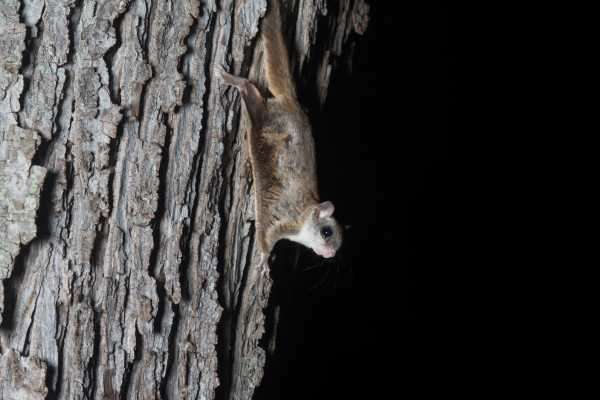
Flying squirrels
The flying squirrel actually glides through the air using a membrane between their front and back legs. According to the National Wildlife Federation “it uses slight movements of the legs to steer, and the tail acts as a brake upon reaching its destination. Flying squirrels can cover more than 150 feet [45 m] in a single glide.”
Prev
Page 22 of 31
Next
Prev
Page 22 of 31
Next
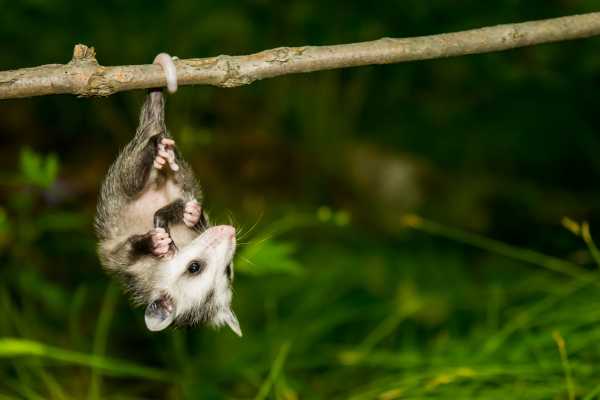
Opossums
There are several dozen different species of opossum, but according to National Geographic, the Virginia opossum (Didelphis virginiana) is the only marsupial found in the U.S. and Canada. They usually sleep during the day and at night they hunt for food using their whiskers to find their way in the dark. Opossums are not fighters and chose instead to ‘play dead’ when faced with a threat by lying very still. “It stiffens and falls onto its side, draws its lips back, and foams at the mouth. At the same time, it secretes a foul-smelling liquid from its rear end. This is an automatic response that people call ‘playing possum,'” reported the San Diego Zoo.
Prev
Page 23 of 31
Next
Prev
Page 23 of 31
Next

Geckos
There are a whopping 1,500 species of geckos, and most are nocturnal. At night they forage for food, including insects, fruit and flower nectar. They protect themselves when a predator grabs them by their ability to snap their own tail off, which they can regenerate later.
Prev
Page 24 of 31
Next
Prev
Page 24 of 31
Next
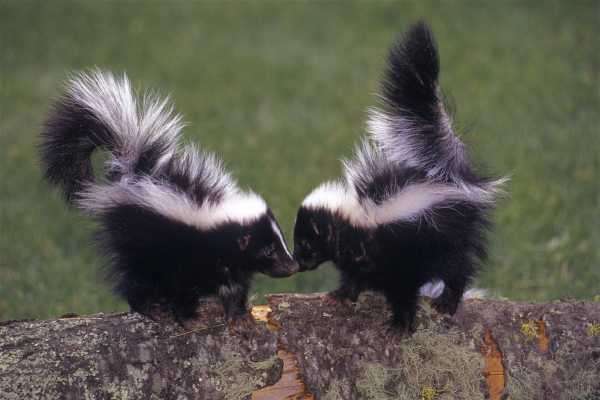
Skunks
These black and white stinkers are mainly nocturnal, but as the Toronto Wildlife Centre debunks: “It’s a common myth that a skunk seen during the day is sick or has rabies. It’s true that skunks are mostly nocturnal, but they might be out during the day for many different reasons.” Their reputation for their smell can be explained by a defense mechanism, in which they release noxious odors produced from their scent glands when frightened.
Prev
Page 25 of 31
Next
Prev
Page 25 of 31
Next
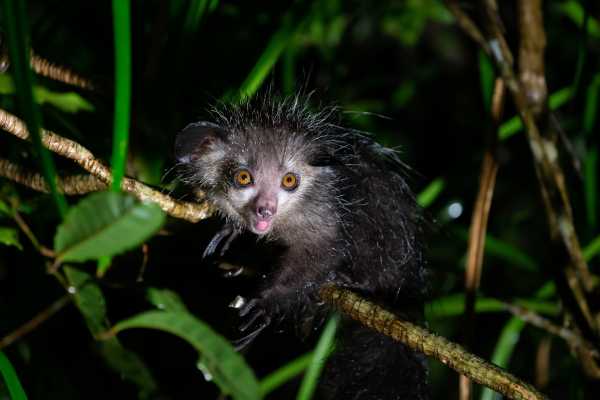
Aye-Aye Lemurs
Most lemurs are diurnal (awake during the day), but the unusual looking aye-aye lemur prefers to be active at night. According to the Duke Lemur Center, it is the world’s largest nocturnal primate. These solitary creatures spend up to 80% of the night feeding and traveling around the forest canopy. These primates have a claw where the middle finger would be, which is used to dig insects out of tree bark.
Prev
Page 26 of 31
Next
Prev
Page 26 of 31
Next
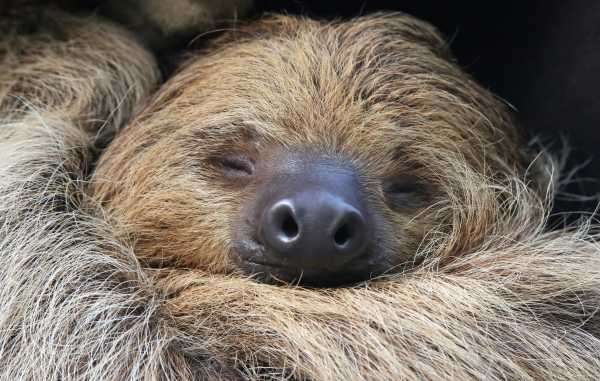
Sloths
The sloth is synonymous with being slow, and that’s because they need to reserve their energy due to their low calorie leafy diets. According to the Smithsonian, “a sloth usually only climbs down from its tree about once a week to poop!” They are pretty speedy swimmers, though, and they use their long claws to effectively hang onto branches.
Prev
Page 27 of 31
Next
Prev
Page 27 of 31
Next
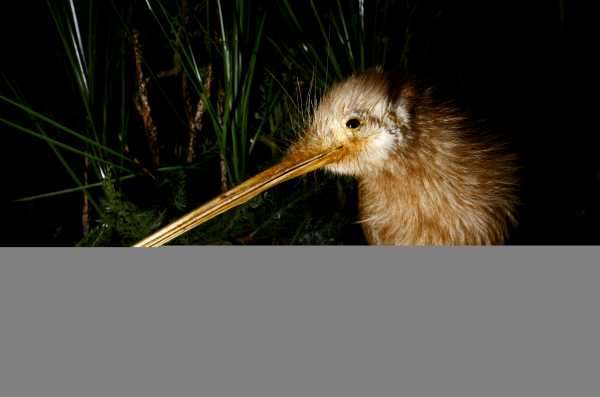
Kiwi
New Zealand’s native bird is often used as a nickname for the people of the country themselves. It is only found in New Zealand’s forests, scrublands and grasslands. These birds can’t fly and are about the size of a chicken. The kiwi’s long legs make up about a third of its total weight, and according to the San Diego Zoo, a kiwi can outrun a person. The kiwi spends its nights foraging for food or patrolling its territory.
Prev
Page 28 of 31
Next
Prev
Page 28 of 31
Next
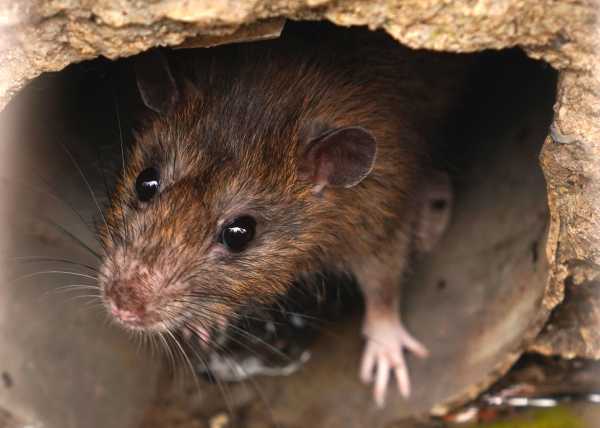
Rats
There are 60 species of this rodent, and while the brown rat is often spotted during the day, most are primarily nocturnal. They mainly stick together in packs. Live Science previously reported: “Rats, generally, are baby-making machines. Female rats can mate around 500 times in a six-hour period and brown rats can produce up to 2,000 offspring in a year, according to Discover Magazine.”
Prev
Page 29 of 31
Next
Prev
Page 29 of 31
Next
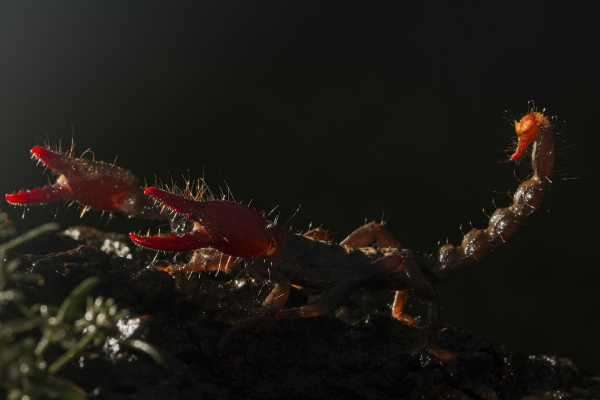
Scorpions
The ultimate survivor, scorpions live in some of the toughest environments from deserts to tropical rainforests. They have been around for hundreds of millions of years, according to San Diego Zoo: “Scorpions have been on Earth a long time and are among the first animals to have adapted to land living — around 420 million years ago.”
Their venomous sting is used only when really needed, though, as it uses up a lot of their energy resources to produce more.
Prev
Page 30 of 31
Next
Prev
Page 30 of 31
Next
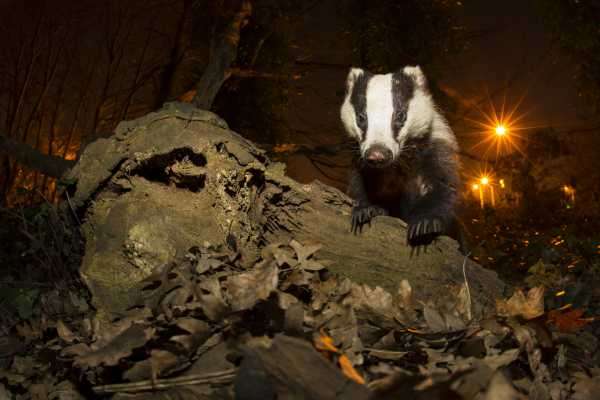
Badgers
These stripy sett-dwellers are one of the nocturnal community’s poster boys. At night, badgers (Meles meles) mainly feed on earthworms, but are also known to snack on insects and fruit. They are also the main predator of hedgehogs. The Woodland Trust recommends that if you want to attract badgers into your garden, you can scatter fruit, raw peanuts or brazil nuts (no salt or chocolate), dried dog food (the muesli type) or mealworms. However, make sure to feed small and varied amounts on an irregular basis, so these nocturnal foragers don’t become reliant on it.
Prev
Page 31 of 31
Next
Prev
Page 31 of 31
Next
Shares
Comments (0)
Sourse: www.livescience.com

